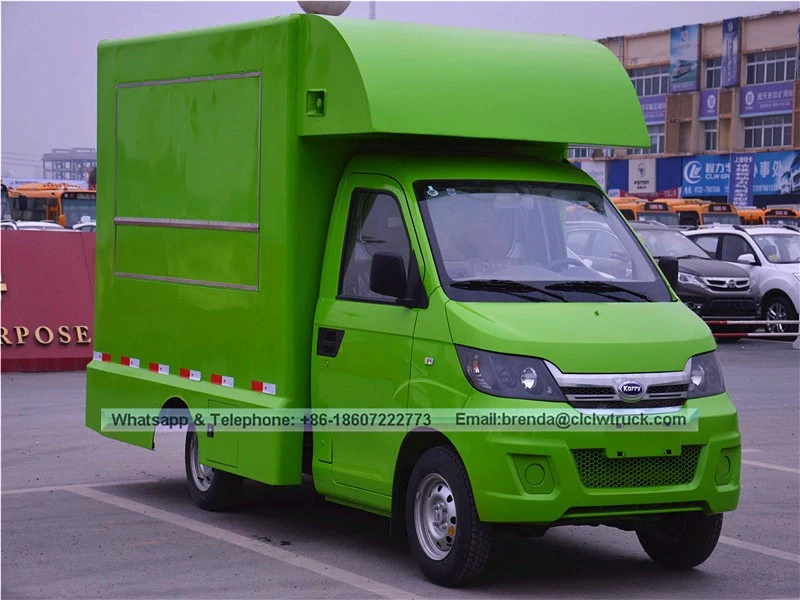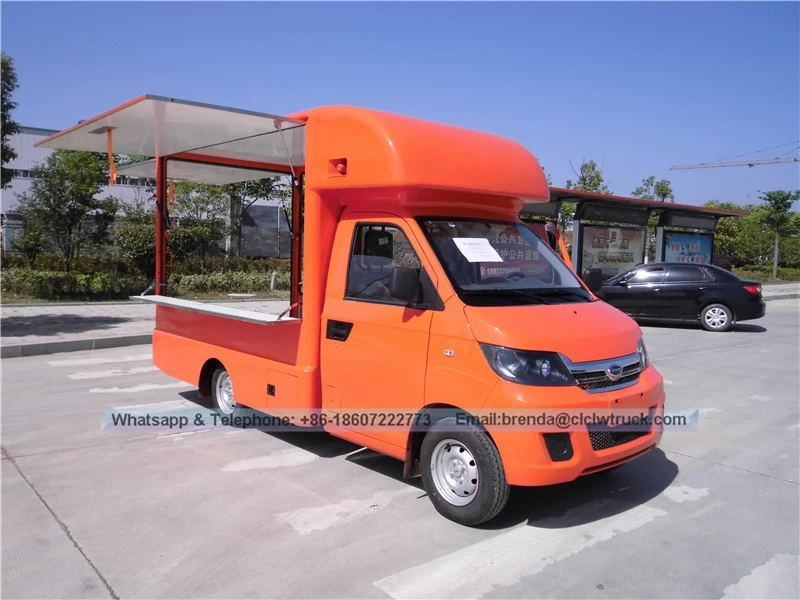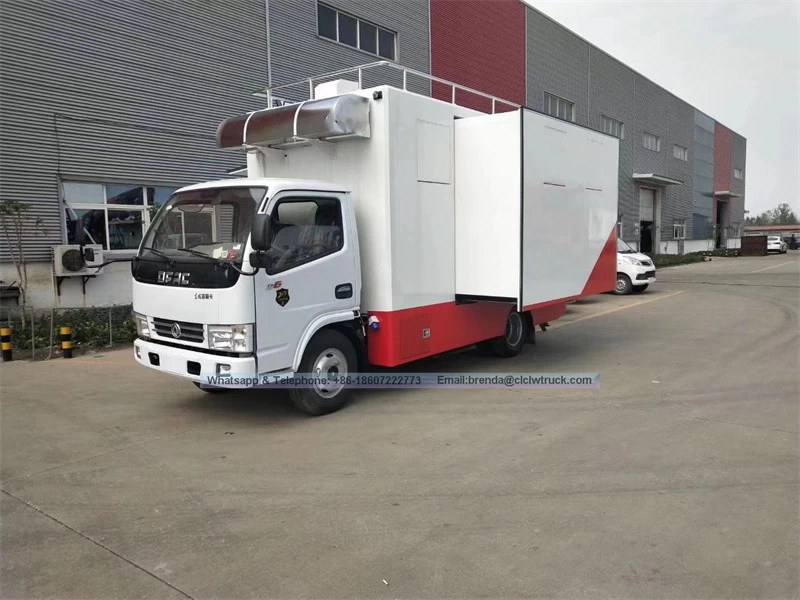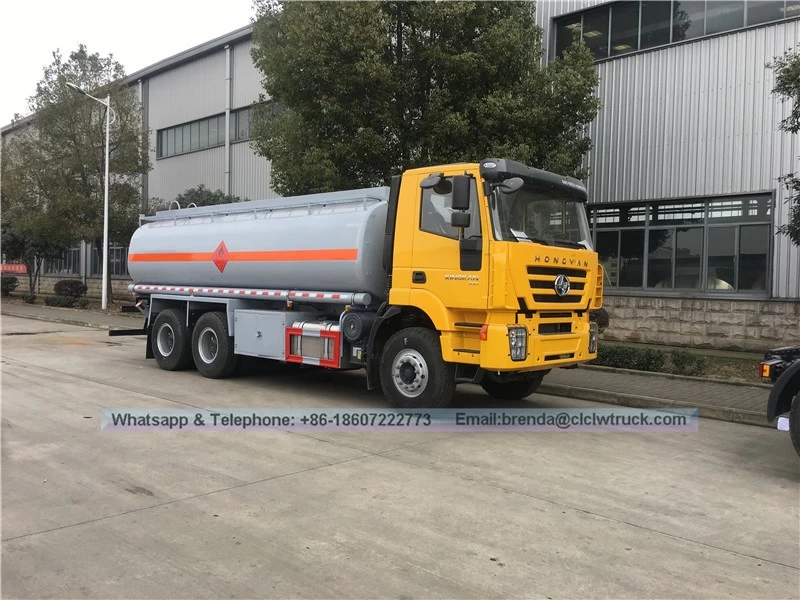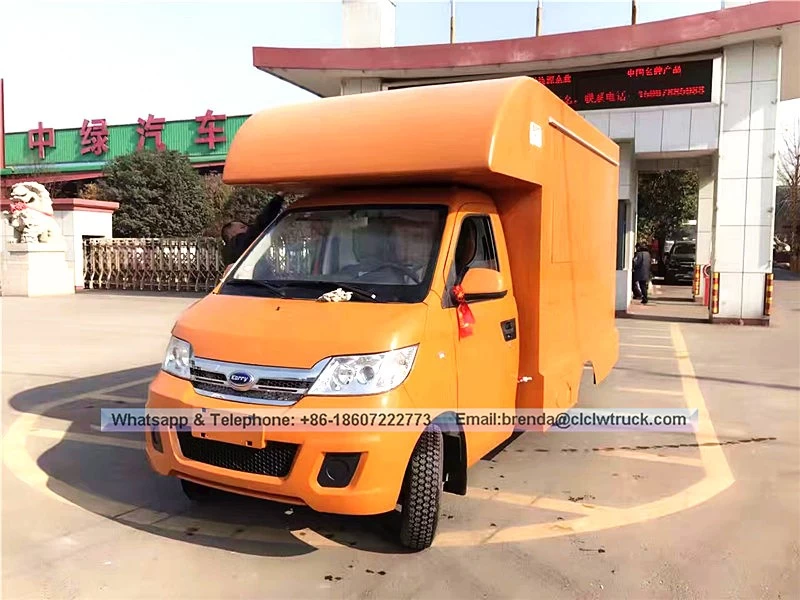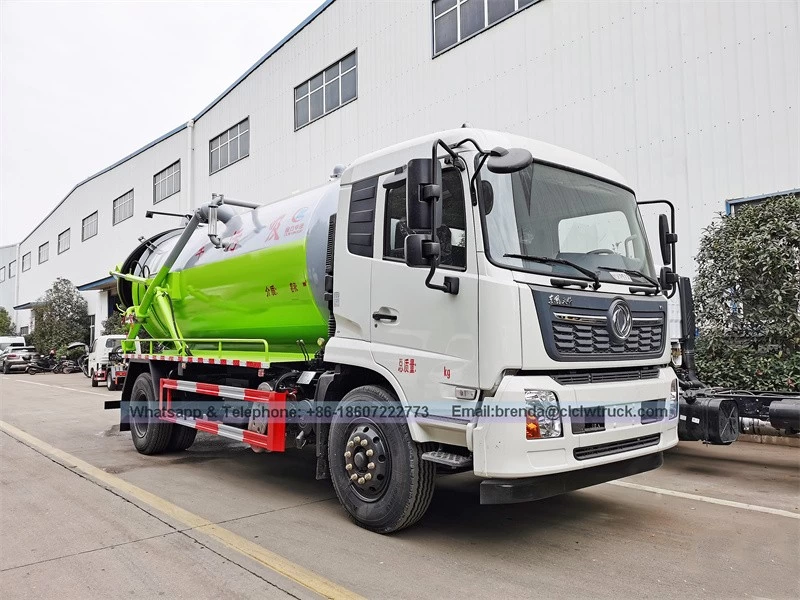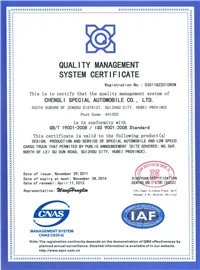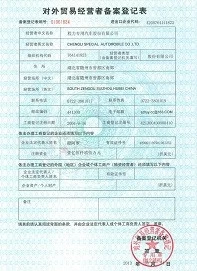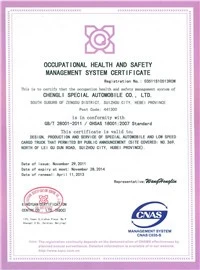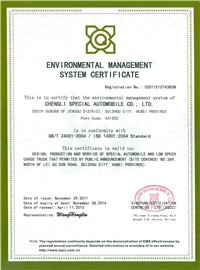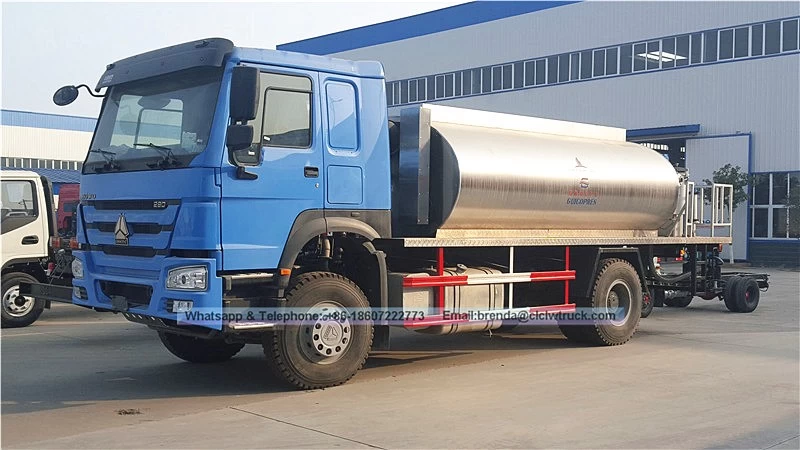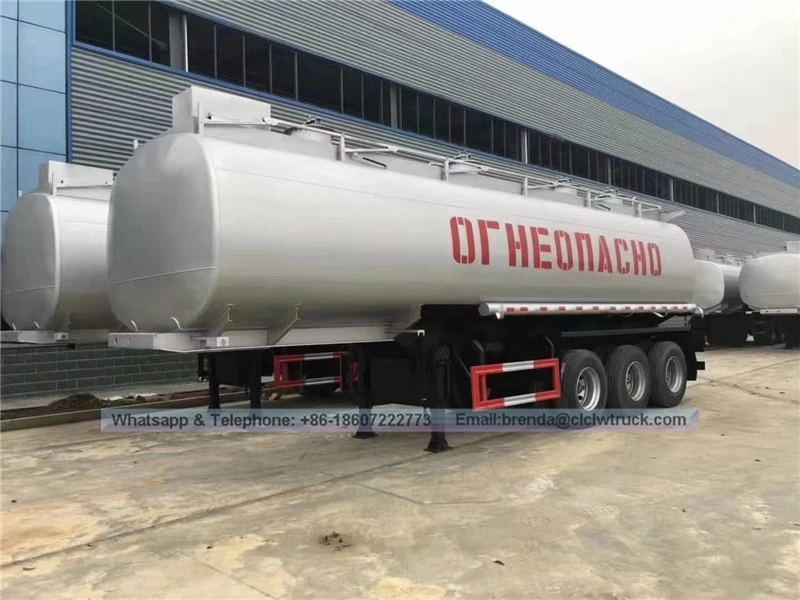Trailers Features, advantages and USES
Trailers Features, advantages and USES
As the weight of tanks became too much for lorry chassis, separate trailers were developed. These carried the entire weight of the tank on their own wheels, putting no weight onto the tractor unit. They are pulled by a ballast tractor connected to a drawbar .
The simplest trailer designs have only two axles, but heavier loads frequently require more than this. Multiple wheels per axle are common, usually four, sometimes eight.
One advantage of ballast tractors is that they're capable of double-heading ,where two tractor units are coupled to pull a particularly heavy trailer.
Manipulate :
* Grouped pairs of axles at each end of the trailer.
Others, such as the 60-ton Cranes trailer illustrated here beneath the Tortoise had three axles, spaced along the length of the trailer.
* The end-wheel designs have the advantages of better ability to cross rough ground and steering more easily. Those with axles throughout their length must have suspension that allows the axles to move and also allowing some steering. This makes them more complicated to manufacture. Placing the wheels at the ends also allows the chassis to dip down into a "well", giving a lower centre of gravity during transport. The Cranes trailer had a frame split into two sections of two and three axles, with a further carrying bed above them. The outermost four axles had Ackermann steering for their wheels.
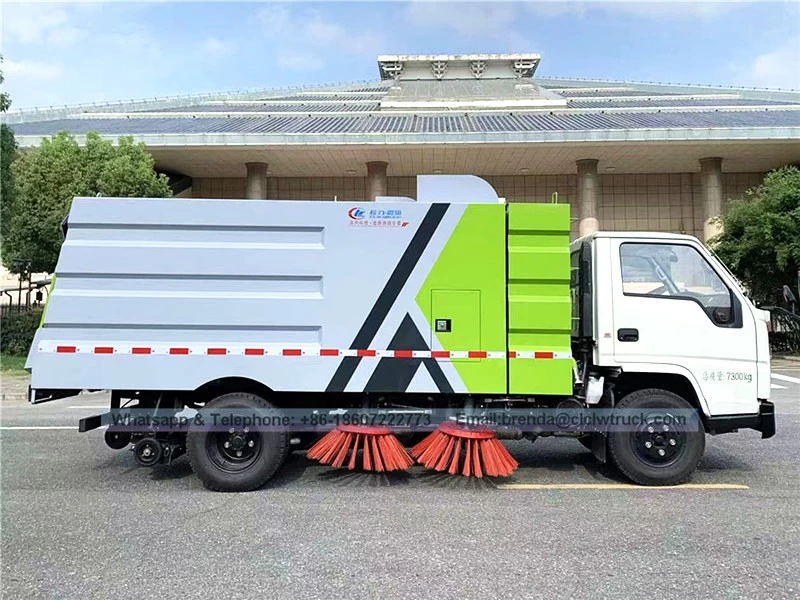




 Mob:+0086 18607222773 +0086 13872896808
Mob:+0086 18607222773 +0086 13872896808